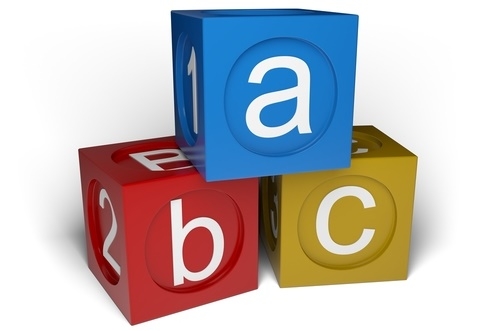
By Rose Patterson*
Early childhood education (ECE) has been under the spotlight.
The New Zealand Herald’s Kirsty Johnston recently reported major quality issues, with 150 ECE providers rated by the Education Review Office (ERO) in 2014 as “requiring further development”.
NZEI union boss Louise Green blames market forces, stating in a press release that “the rapid rise of market-driven early childhood education is putting many children at risk of missing out on quality learning in their early years”.
It is a good thing to question quality, particularly in a sector dedicated to the care of children.
The news has been awash with anecdotes that tug at the heart strings, including mine. There was the parent upset because her child had been put outside as a punishment because he had soiled himself. If I were in her shoes, my boy would be pulled out of that daycare immediately and placed somewhere else. I hope that choice was available to this boy’s mother.
We’ll come back to this point at the end. It is always good to question quality but the figures firstly need to be put into context, and some critical thinking is needed on the claim that quality issues are due to the increase in private provision of ECE.
Johnston reported that 150 providers require “further development”. But that is not the rating that indicates the poorest quality. The “not well placed” rating is the one to be worried about, and is used by ERO when the service is “not performing adequately, is not meeting legal requirements and does not have the capacity to make improvements without support or Ministry involvement”. These are the ECE providers with real quality issues.
Twelve of the 1,593 providers were rated as “not well placed” in the review period 18-month review period to February this year. That’s under 1%. Are market forces to blame for this 1% very poor quality as Green suggests? After all, 43% of ECE providers are private.
To answer this, it’s helpful to compare ECE to the schooling system, where only 3% of schools are private. If market forces are to blame for quality issues in ECE, then logically there should be a much smaller proportion of schools with major quality issues.
It is difficult to get direct ERO comparisons on schools, but it is possible to look at the number of schools currently under statutory intervention as a rough comparison of schools and ECE providers with serious quality issues. According to Katrina Casey, head of sector enablement and support at the Ministry of Education, these interventions occur if there is “risk to the operation of the school, a risk to student achievement, or a risk to student welfare and safety”.
There are 76 of 2,532 schools currently under statutory intervention. That’s about 3%.
So about 1% of ECE providers are facing serious quality issues in a sector that is 43% privately owned. And about 3% of schools are facing serious quality issues in a sector that is 3% privately owned. Keeping in mind, this is a fairly rough comparison – we are not comparing Granny Smiths with Granny Smiths.
To be fair, on the whole, the community-owned ECE providers do show up slightly better in the ERO reports than the privately-owned ones. The proportion of private providers that received ratings of “not well placed”, “requires further development”, “well placed” and “very well placed” in 2014 was around 0.6%, 13%, 79% and 8%, respectively.
The proportions of community-owned providers receiving each rating, by contrast, was 1.4%, 9%, 77%, and 14%.
But whether the quality issues are due to the rise in private provision is an unknown at present. There has indeed been a huge increase in both the number and proportion of private ECE providers. Around a quarter of ECE providers were privately run in 2000; today private providers make up 42% of the ECE landscape.
However, ERO’s rating system has not been around long enough to tease out whether the ‘quality issues’ are due to the increase in private provision.
Some of the stories that came out in the media about ECE quality are concerning. But the good thing about ECE is that parents have choice. ERO has a job to provide information but they only review providers once every two to four years. They are not an all-knowing entity that can watch over every ECE provider all of the time.
The real knowledge of day-to-day quality is scattered throughout the country among the parents of 200,000 children enrolled in ECE. These are the market forces that have the power to push for desired quality, as long as parents have choice and are able to exercise that choice easily. If parents choose community-owned services like kindergartens and playcentres, all power to them. If they find another provider (that just happens to be privately owned) that better suits their needs, that’s fine too.
We should be questioning quality, always. And yes, it’s fair to question whether public or private provision equates to better quality. But it is important to inform the debate with proper analysis.
-------------------------------------
*Rose Patterson is a Research Fellow at The New Zealand Initiative, a public policy think tank.
We welcome your comments below. If you are not already registered, please register to comment.
Remember we welcome robust, respectful and insightful debate. We don't welcome abusive or defamatory comments and will de-register those repeatedly making such comments. Our current comment policy is here.